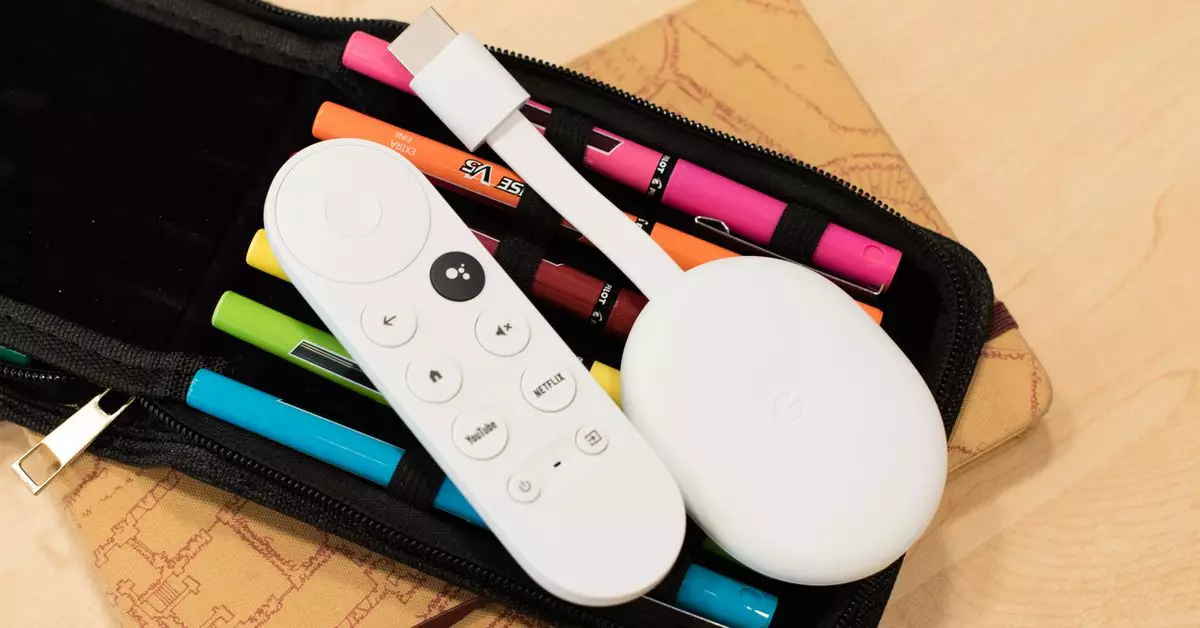In an era where streaming services are redefining the way we consume entertainment, it is evident that technology is rapidly evolving to meet the demands of viewers craving live events and diverse content. Companies like Netflix are making massive strides by securing exclusive broadcasting rights for high-profile events such as NFL games and wrestling shows. In light of these developments, choosing the right streaming device is paramount for an optimal viewing experience.
With the rise of streaming services, traditional cable TV is losing its footing. Consumers are increasingly gravitating towards platforms that allow for flexibility in viewing choices, budget-friendly options, and the ability to access live events seamlessly. The recent efforts by giants like Netflix to secure exclusive live content underscore a trend that shows no signs of slowing. Similarly, with numerous streaming services competing for viewers’ attention, the importance of having a capable streaming device can’t be overstated.
As more viewers look for reliable streaming options, they should also consider the devices they use to access this content. The Chromecast with Google TV (4K) has been a popular choice, providing a plethora of features at a competitive price point. However, with news of its discontinuation, potential buyers may be left with a sense of urgency, as they weigh the pros and cons of purchasing a device that might not receive long-term support.
The Chromecast with Google TV (4K) stands out for various reasons. Its user-friendly interface, driven by Google’s smart software, enables users to navigate through a multitude of streaming options efficiently. One notable feature is its ability to consolidate various recommendations from different platforms, thus facilitating content discovery without the hassle of switching between apps. Additionally, the device supports high-definition formats, including Dolby Vision and HDR10, allowing for an immersive viewing experience.
Moreover, its inclusion of a dedicated remote adds an extra layer of convenience. The remote’s compatibility with Google Assistant means that users can easily search for content or manage playback through voice commands. This functionality streamlines the entire process, making it accessible even for those who may not be tech-savvy.
However, users must also consider limitations. The Chromecast provides no option for a wired Ethernet connection, which may deter potential buyers, especially those in areas where Wi-Fi connectivity is unreliable. For those prioritizing stable connections, upgrading to a new device with better capabilities might be necessary.
Determining the Right Streaming Device for You
Given the advancements in streaming technology, consumers have a wide array of choices. The new Google TV Streamer is priced higher but offers a range of upgraded features such as a faster processor, more storage, and advanced smart home functionalities. Its ability to integrate home automation features makes it a compelling option for users looking to enhance their home entertainment system.
In contrast, budget-conscious consumers may find that the Chromecast with Google TV (4K) still meets their needs without breaking the bank. Its capacity to support multiple streaming services, coupled with high-quality audio-visual output, allows for a satisfying viewing experience.
One crucial aspect to consider is the potential for future software support. While currently effective, the question remains whether Google will continue to roll out updates for the Chromecast line or if transitioning to a newer model is a more prudent choice in the long run.
As the demand for streaming continues to surge, the landscape is rapidly changing, making careful consideration of devices more important than ever. Whether opting for an established choice like the Chromecast or investing in newer technology, consumers must evaluate their viewing habits, budget constraints, and connectivity needs. The streaming revolution is just beginning, and with it comes endless possibilities for how we enjoy our favorite content. By understanding the features, limitations, and future prospects of the devices available, consumers can make informed decisions that align with their entertainment preferences.

